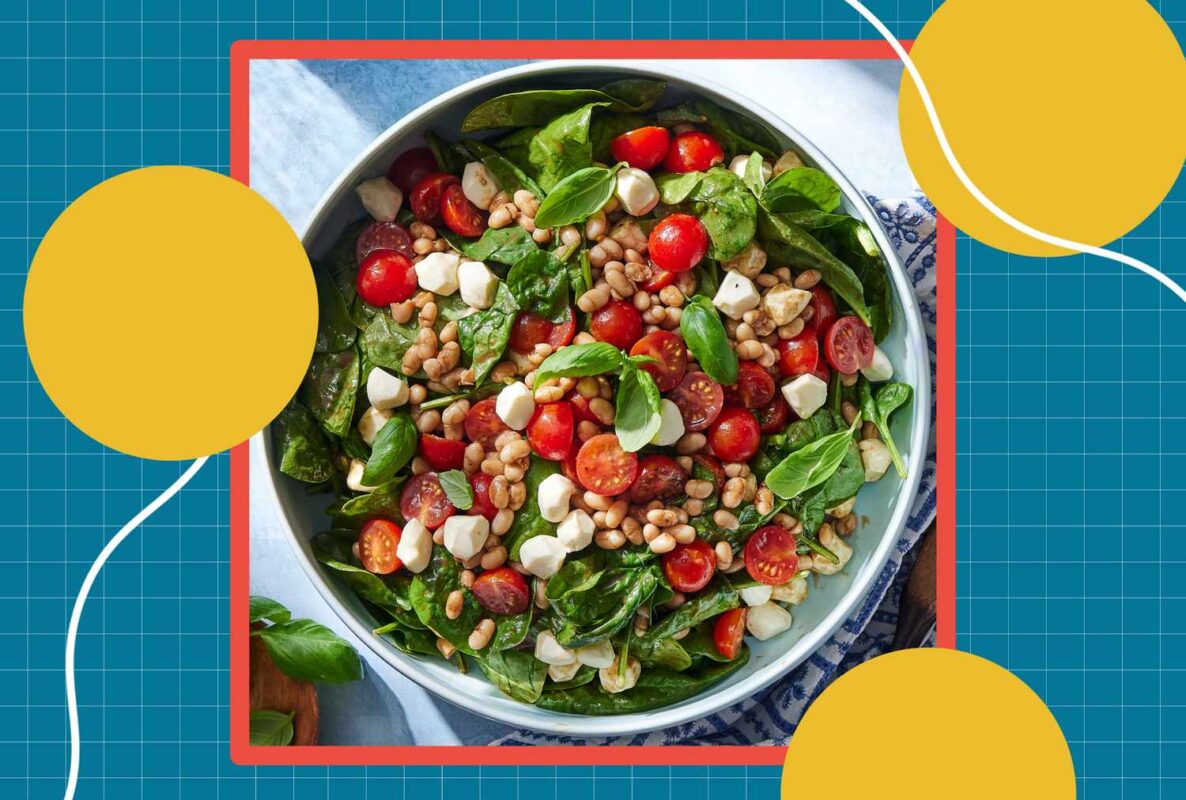Blog
Can You Eat Cheese If You Have Heart Disease?

- Cheese can fit into a heart-healthy diet, but moderation is key. Stick to small servings to enjoy its flavor.
- Opt for lower sodium varieties, like Swiss or mozzarella, to make cheese a smarter choice for heart health.
- Pair cheese with nutrient-rich foods, such as whole grains and vegetables, to enhance its benefits.
Cheese is high on many people’s list of favorite foods. But it’s also one of the foods that is suggested to “eat in moderation”, especially for those with heart disease. Cheese has beneficial nutrients, like protein and calcium, as well as other nutrients that are often recommended to limit, like saturated fat and sodium. The good news is that a little bit of cheese goes a long way in the flavor department. So, how much can you really have if you have heart disease? Here are the details on whether or not cheese can and should be part of a heart-healthy diet, plus some of the healthiest ways to include cheese to your eating pattern.
How Cheese Affects Your Heart Health
“Cheese’s biggest drawback is it can be high in saturated fat,” says Cheryl Mussatto, M.S., RD, LD. Some data suggests that eating too much saturated fat may increase the risk for heart disease and raise LDL (bad) cholesterol. As such, the American Heart Association recommends limiting saturated fat to 5% to 6% of total daily calories, or about 13 grams per day for a 2,000-calorie diet. However, newer research suggests that full-fat dairy foods, like whole milk, yogurt and cheese, may not increase the risk of heart disease or diabetes. Data suggests consuming saturated fat from dairy sources may, in fact, be beneficially associated with HDL “good” cholesterol. More research is needed to clarify these findings, but including cheese in moderation seems to be a safe bet if you enjoy it.
In addition, cheese is a good source of calcium and protein, and it contains vitamins A and B12, nutrients that play an important role in keeping the heart and body strong. “If you enjoy cheese, it can fit in a heart-healthy diet as long as you are keeping the portion small,” says Michelle Routhenstein, M.S., RD, CDE, CDN.
Health Benefits of Eating Cheese
Supports Bone Health
Cheese is a natural source of calcium, a mineral that makes up bone structure. With most generally healthy adults needing at least 1,000 milligrams of calcium per day, cheese can help people meet their needs. For example, one ounce of cheddar cheese has 200 milligrams of calcium (20% of the daily value). A calcium deficiency can reduce bone strength and increase the risk of osteoporosis. Data shows that dairy products make a positive impact on bone mass and bone turnover in children and adults, and fermented dairy products (like cheese) may reduce the risk of hip fracture.
Promotes Heart Health
Eating cheese might actually be good for your heart, according to recent studies. Research suggests that people who include cheese in their diets could have a lower risk of developing chronic conditions like type 2 diabetes, heart failure, coronary heart disease, high blood pressure and strokes. Scientists used a method called Mendelian randomization to explore this relationship, analyzing data from large genetic studies. They found that eating more cheese was linked to better health markers, such as reduced body weight, smaller waist circumferences, lower triglycerides (a type of fat in your blood) and healthier blood sugar levels.
While this research shows promising results, it’s important to remember that cheese should still be enjoyed as part of a balanced diet. The authors suggest that one of the reasons for these positive outcomes is due to the calcium found in cheese. “Cheese is a rich source of calcium, which is important for proper electrical activity and the pumping action of the heart,” says Routhenstein.
Encourages Fullness
“Cheese’s protein content makes it a quick and easy way to quench hunger, especially when paired with carbohydrate-rich snacks like crackers or fruit,” says Mussatto. Protein is a macronutrient that promotes satiety, so including it in a balanced diet is a simple way to help promote fullness, potentially helping support weight management goals.
What to Consider About Cheese and Heart Health
Sodium
“Cheese is often high in sodium, a mineral that is over consumed in the American diet and contributes to hypertension, a known risk factor for heart disease,” says Mussatto. The daily recommendation for sodium is 2,300 milligrams (mg), but those who have high blood pressure should aim for about 1,500mg per day. A one-ounce portion of cheddar cheese has 180mg (8% of the daily value) of sodium. If you have heart disease, be aware of how the sodium in cheese lines up with the rest of your diet. If you’re eating other higher-sodium foods, like canned soups, breads, snacks or frozen entrees, you may be going over the recommended daily sodium limit.
Portion Size
Let’s be honest, it’s easy to overeat cheese. “It’s found in many foods in the American diet, from mac n’ cheese to Mexican dishes to pizza to grilled cheese sandwiches,” says Mussatto. The recommended serving size of cheese is one ounce, or a chunk of cheese about the size of your thumb or a domino. Overeating cheese may also lead you to overconsume saturated fat, which might negate any potential benefits of consuming it in moderation. If you’re not sure how much cheese you’re eating, choose pre-portioned options like slices or cheese sticks.
Choosing the Best Cheese for Heart Disease
The best cheeses for heart disease are the ones with less saturated fat and sodium. Swiss cheese is probably the best choice, with only 53mg of sodium per ounce. Mozzarella also falls on the lower side of the sodium scale, with about 130mg per serving. Lastly, cottage cheese is usually higher in sodium, but you can find low-sodium varieties at most stores.
Tips for Including Cheese in a Heart-Healthy Diet
If you have heart disease, Mussatto suggests eating cheese sparingly as a complement to food, not as the main dish. “Instead of using cubes or slices of cheese, opt for sprinkling small amounts of your favorite shredded cheese on top of foods like salads or casseroles,” she adds.
You can also choose lower-sodium cheese varieties, such as Swiss or mozzarella, to further support a heart-healthy diet. Always pay attention to portion sizes and pair your cheese with nutrient-rich foods like whole grains, vegetables and lean proteins for balanced meals.
Our Expert Take
Cheese can absolutely be part of a heart-healthy diet when enjoyed in moderation and with thoughtful choices. By focusing on portion sizes and opting for lower-sodium varieties, and pairing cheese with nutrient-dense foods, you can reap its benefits without compromising your heart health. Cheese provides valuable nutrients like calcium, protein and vitamins that your body needs. The key is balance! Savor your favorite cheese in small amounts and as part of a well-rounded, nutritious eating plan. With these tips in mind, you can continue to enjoy the rich, satisfying flavors of cheese while supporting your overall health.












